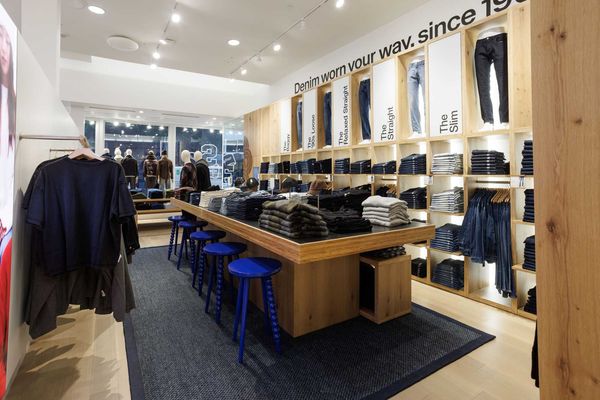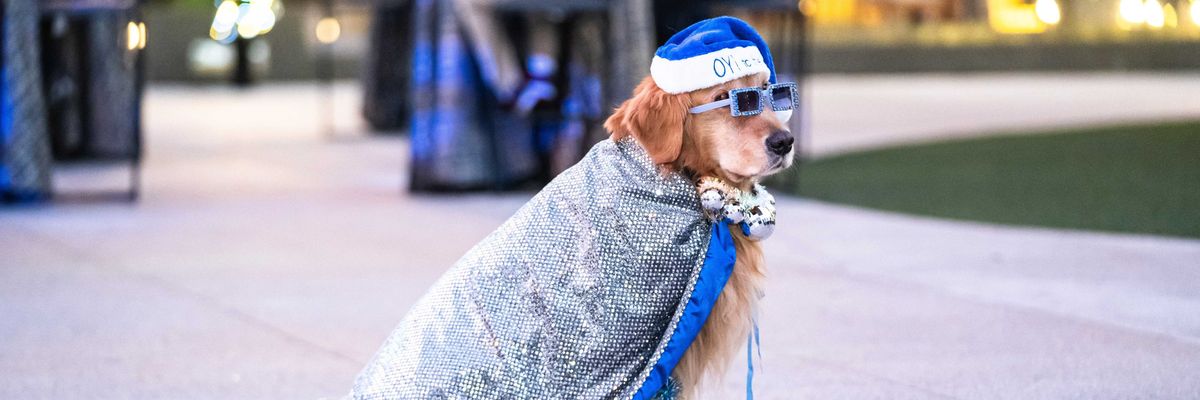The San Francisco Bay Area may be the global center of technology entrepreneurism, but not every big idea originates here, of course, although most do seem to find their way here sooner or later.
That's the case with Formspring.me, the social network that helps people find out more about each other and themselves by asking and answering questions.
"It's a vehicle for self-discovery and also for self-expression, says CEO Ade Olonoh, the soft-spoken computer scientist who started Formspring in Indianapolis late in 2009 and moved the company to SoMa last year.
Olonoh says the service "started out as a side project hacked together over a few weeks" at his previous company, which provided forms and other online for small businesses. He says he noticed that people were using those business tools in unanticipated ways, such asking each other for advice, or soliciting ideas for blog posts.
As it turns out, the pattern he detected represented a major new opportunity. In the first 45 days after he launched Formspring, without any marketing or PR, the number of users grew from an initial pool of about a thousand to a million uniques.
Since users can post anonymously, and without even joining the network, and since users can set any level of privacy control they desire, there was essentially no barrier to entry. Virality ensued.
Today that growth continues unabated. The company has 25 million registered users, 3.4 billion posts to date, and 3.5 million visitors per day from all over the world. Only 30 percent of the traffic comes from the U.S., with major clusters of users in Brazil, the U.K., Russia, the Philippines, and, perhaps surprisingly, Saudi Arabia.
I asked Olonoh and his team what their data showed about how San Franciscans use Formspring compared to people elsewhere.
"San Francisco is our fourth largest market in the U.S., after New York, LA and Chicago," he said, "but based on population, people here are three times more likely to visit Formspring than any other city in the world. The next closest is Sao Paula, Brazil, where people are two times more likely to visit."
As with all types of social media, the service is attracting a wide variety of users, and initially very young people (aged 13-17) may have driven its growth. This group, who still account for roughly 40 percent of the total, often use the Q&A format to post nasty messages about each other.
As it turns out, I happen to have my own private focus group of teenagers who are well aware of Formspring -- a fact unknown to me until I asked them about it yesterday. "I have nothing against Formspring," my 15-year-old told me, "but I have a major problem with the way teenagers use it as a set-up for bullying people anonymously."
His slightly older brother, who's 16, had an alternative view. "I got some interesting questions on there that I didn't mind answering at all. Then this funny guy called the Wild Mongolian showed up posting all kinds of crazy things on my wall. That didn't bother me either -- he was hilarious. Just the other day, I was telling my friend E. about it and he admitted to me that he is in fact the Wild Mongolian."
In any event, the company has been "exploring ways to promote more positive behavior via social norming," says Laura Oppenheimer, marketing manager, including adding a smile button to encourage the equivalent of Facebook "likes," which in turn hopefully rewards more positive comments among those active on the site.
Lots of people besides teens have discovered Formspring by now, and as is often the case with social networks, celebrities and institutions are getting active on the network as well.
Comedian Margaret Cho, for example, or singers Enrique Iglesias, Adam Duritz of Counting Crows, and the band We the Kings.
There also is Tom Brevoort, an exec at Marvel Comics, who answers questions about everyone's favorite superheroes.
Plus, at least four colleges, including Wayne State University in Detroit, are using Formspring as a way to field questions from incoming students during the admissions process.
Among active users there is also Rabbi Jonathan Blake. Here's one of the recent questions posed by a user and Rabbi Blake's response:
Q: Have you ever denied someone who was looking to convert? If so, what was the reason?
A: I once advised a person seeking conversion, after many meetings, that it would be more important in the short term for this person to meet with a mental health professional than with a rabbi.
The company has attracted some $14 million in venture funding and currently has 27 employees. Like many startups in SoMa, they are hiring.





















